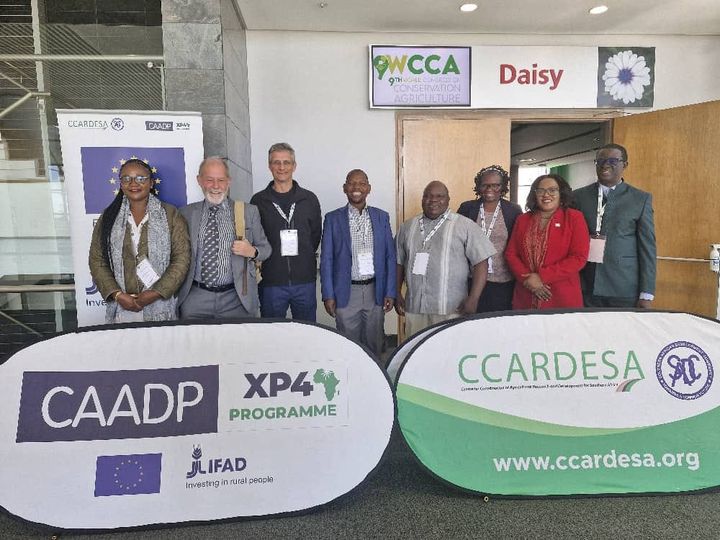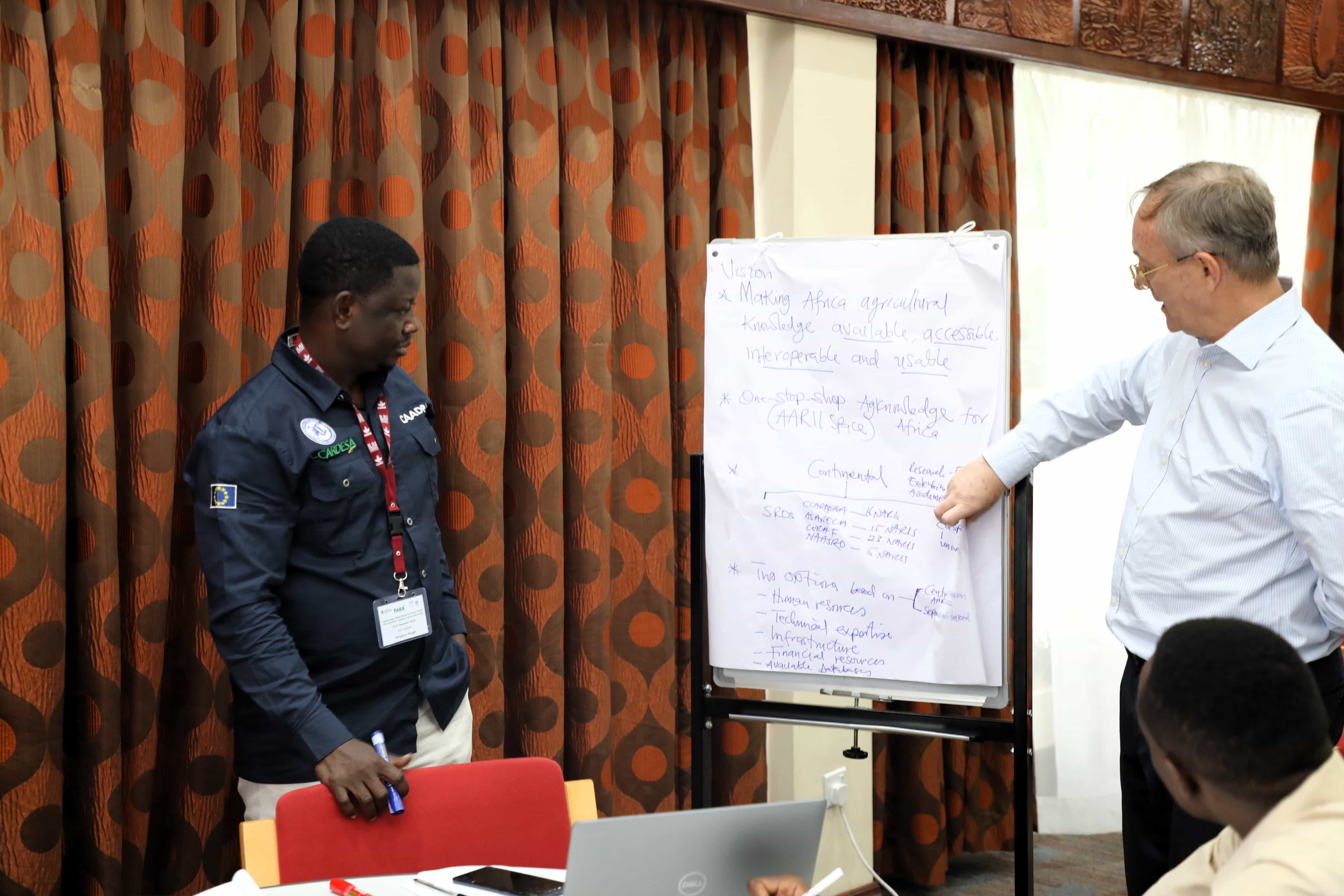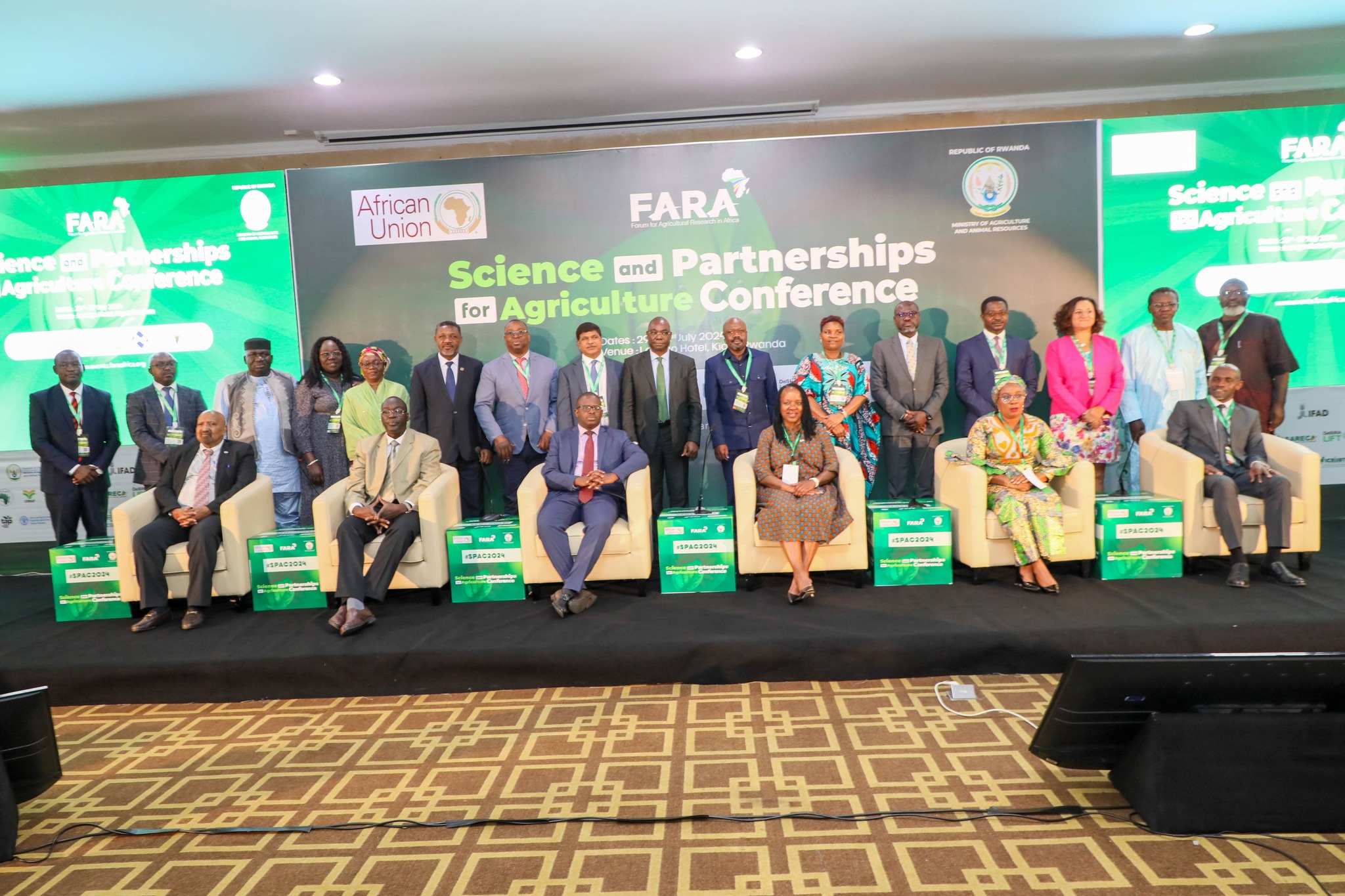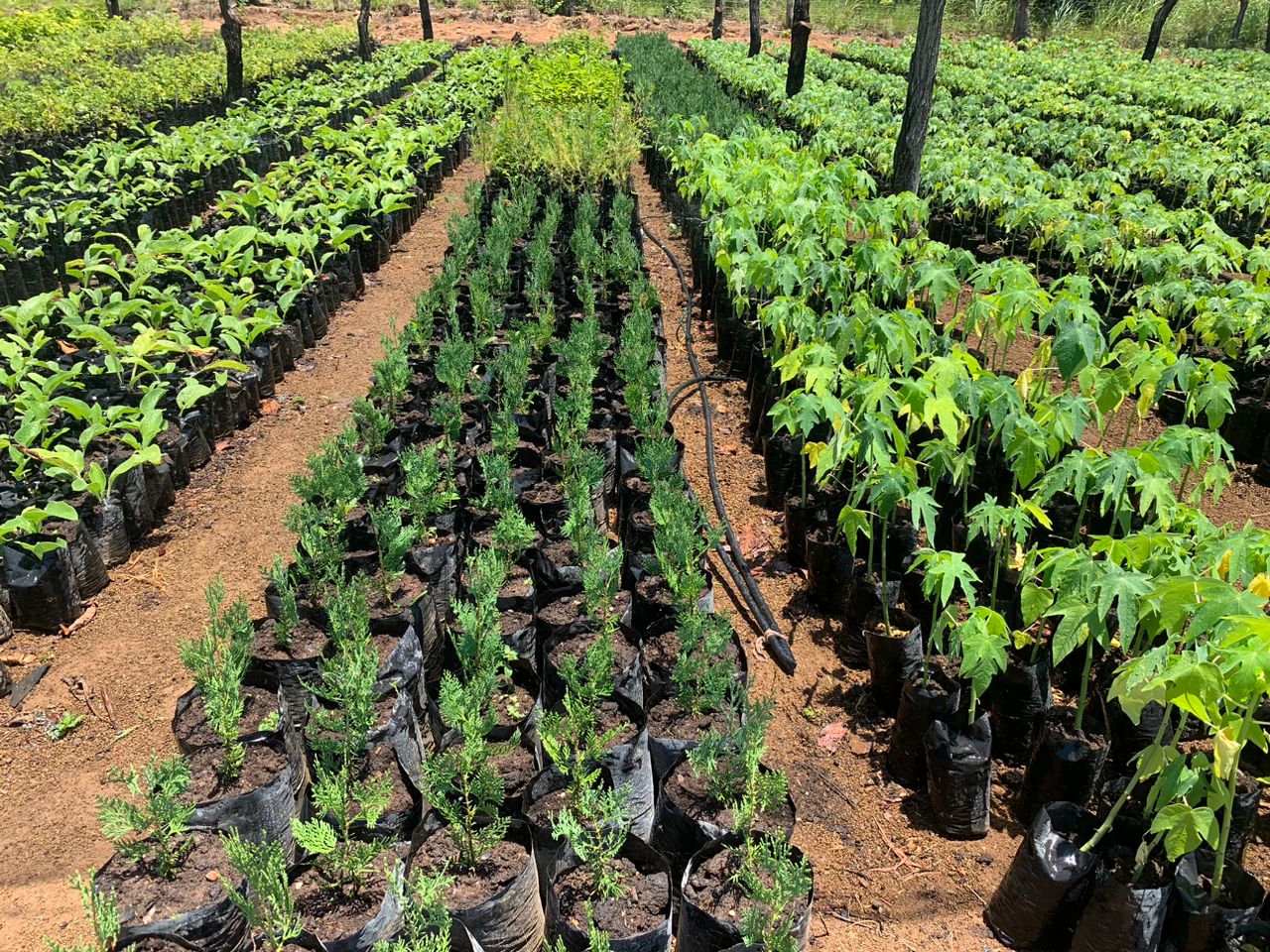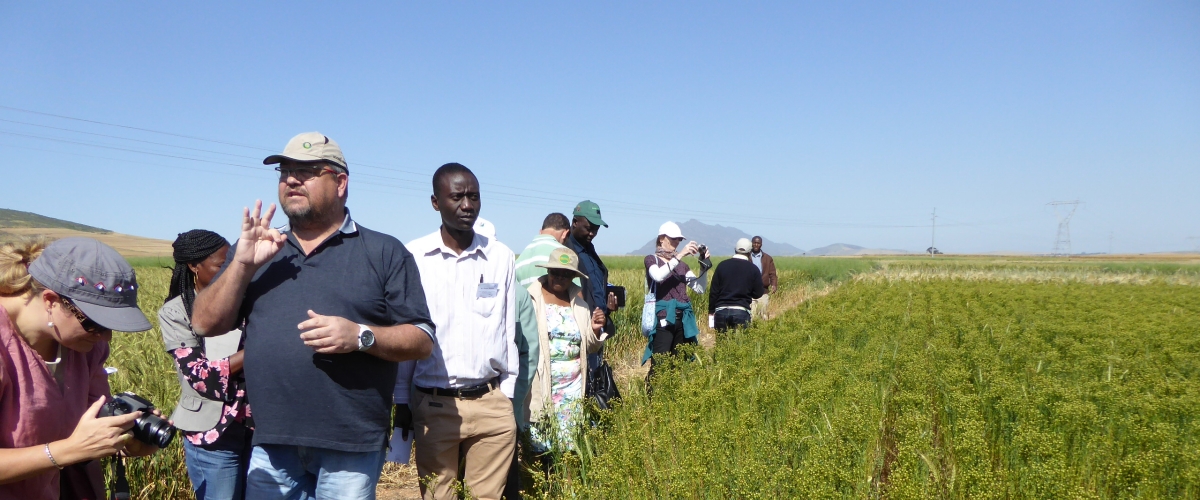Andrew DJ, Kassam AH (1975) The importance of multicropping in increasing world food supplies. In: Papendic RI, Sanchez PA, Triplet GP (eds) Multiple cropping, Special publication27. American Society of Agronomy, Madison, p 10
Azam-Ali SN (2010) Fitting underutilised crops within research-poor environments: lessons and approaches. S Afr J Plant Soil 27:293–298
Azam-Ali SN, Matthews RB, Williams JH, Peacock JM (1990) Light use, water uptake and perfor-mance of individual components of sorghum groundnut intercrop. Exp Agric 26:413–427
Baldy C, Stigter CJ (1997) Agrometeorology of multiple cropping in warm climates. Science Publishers, Enfield, p 237
Barhom THI (2001) Studies on water requirements for some crops under different cropping sys-tems. MSc thesis, Facility of Agriculture Cairo University
Baye T, Kebede H, Belete K (2001) Agronomic evaluation of Vernonia galamensis germplasmcollected from Eastern Ethiopia. Ind Crops Prod 14:179–190
Black C, Chin Ong C (2000) Utilisation of light and water in tropical agriculture. Agric For Meteorol 104:25–47
da Silva EE, de Azevedo PHS, Almeida MMTB, De-Polli H, Guerra J (2008) Influence of inter-cropping and irrigation frequency in the leaf development and taro (Cocoyam) productivity under organic management. 16th IFOAM organic world congress, Modena, 16–20 June 2008. Archived at http://orgprints.org/12595
(PDF) Intercropping Taro and Bambara Groundnut. Available from: https://www.researchgate.net/publication/261107954_Intercropping_Taro_a… [accessed Oct 24 2018].



